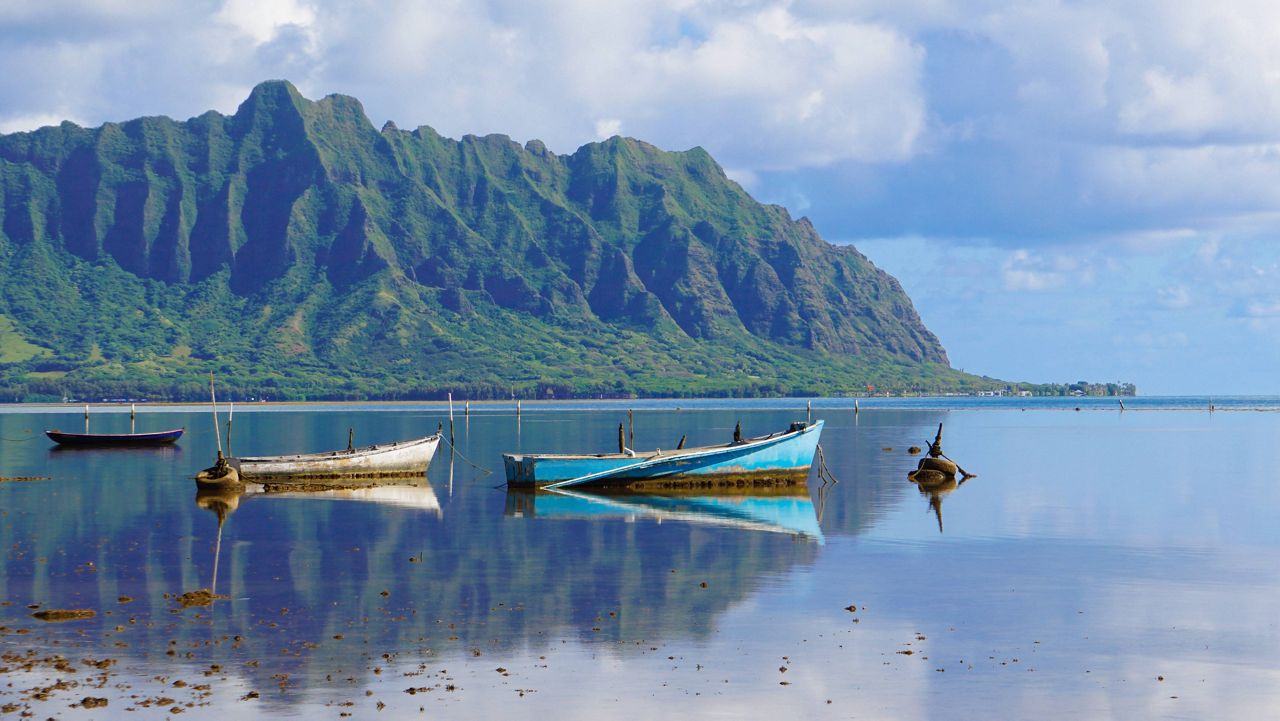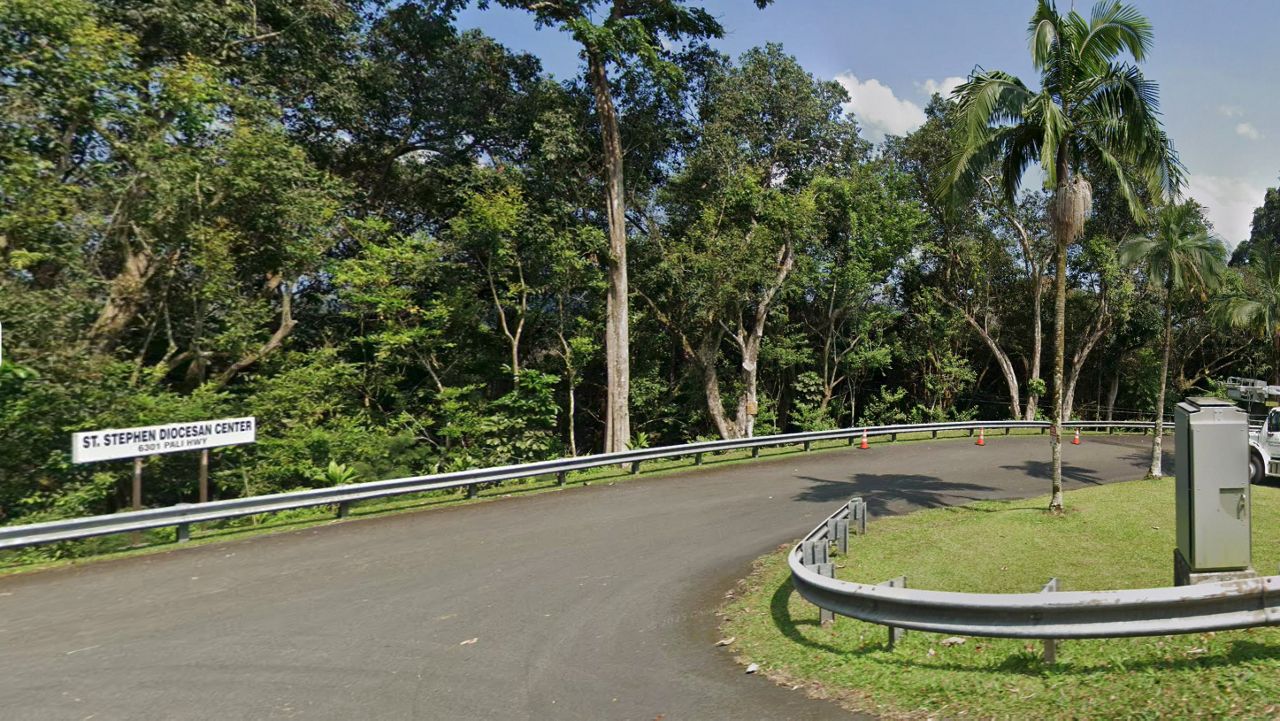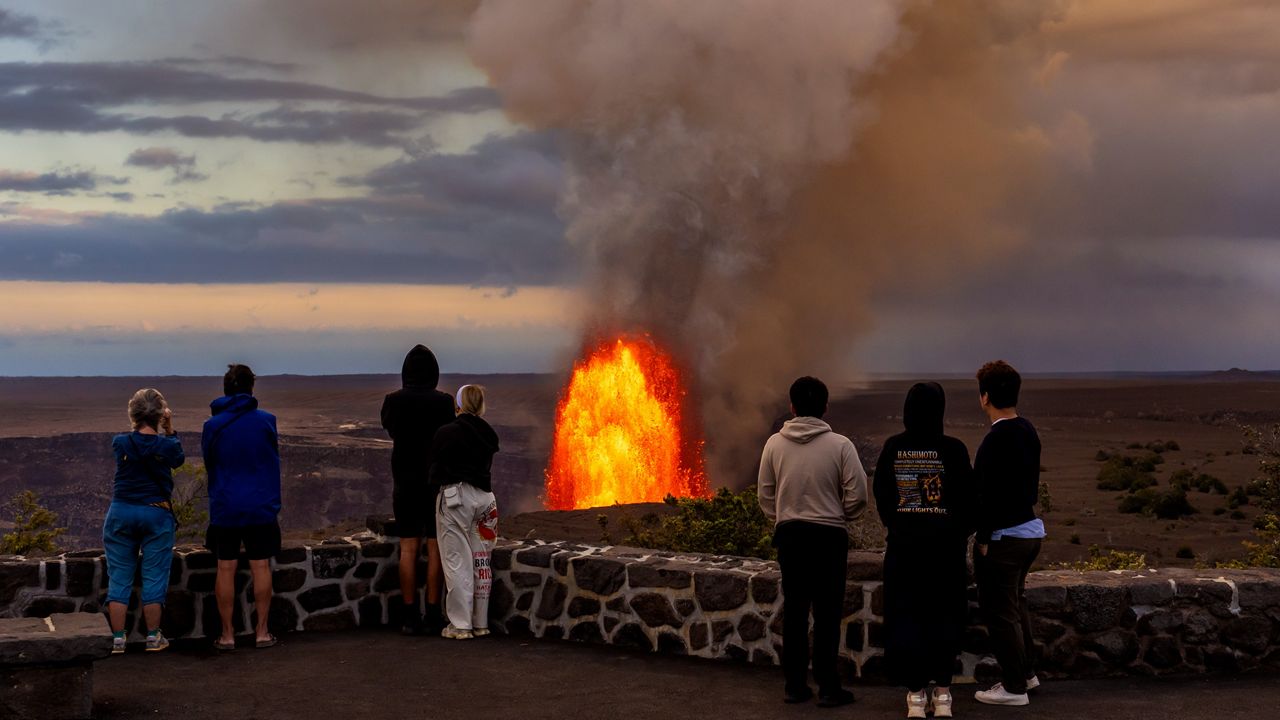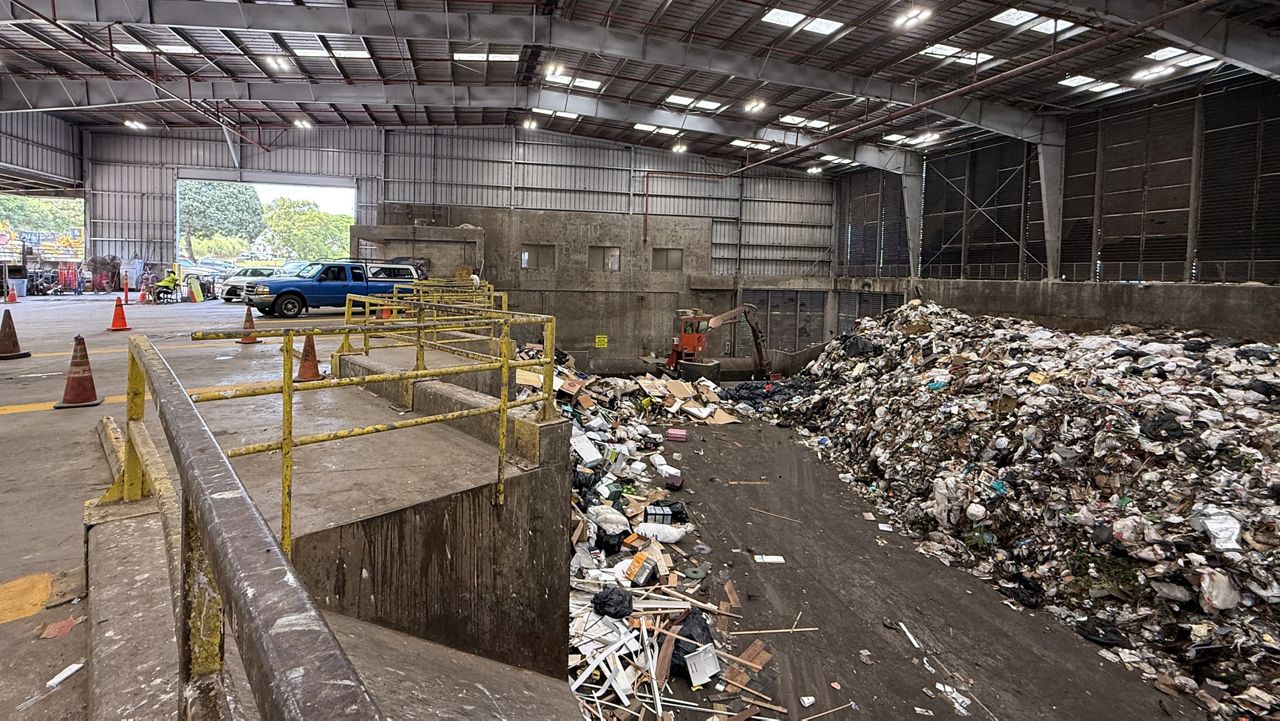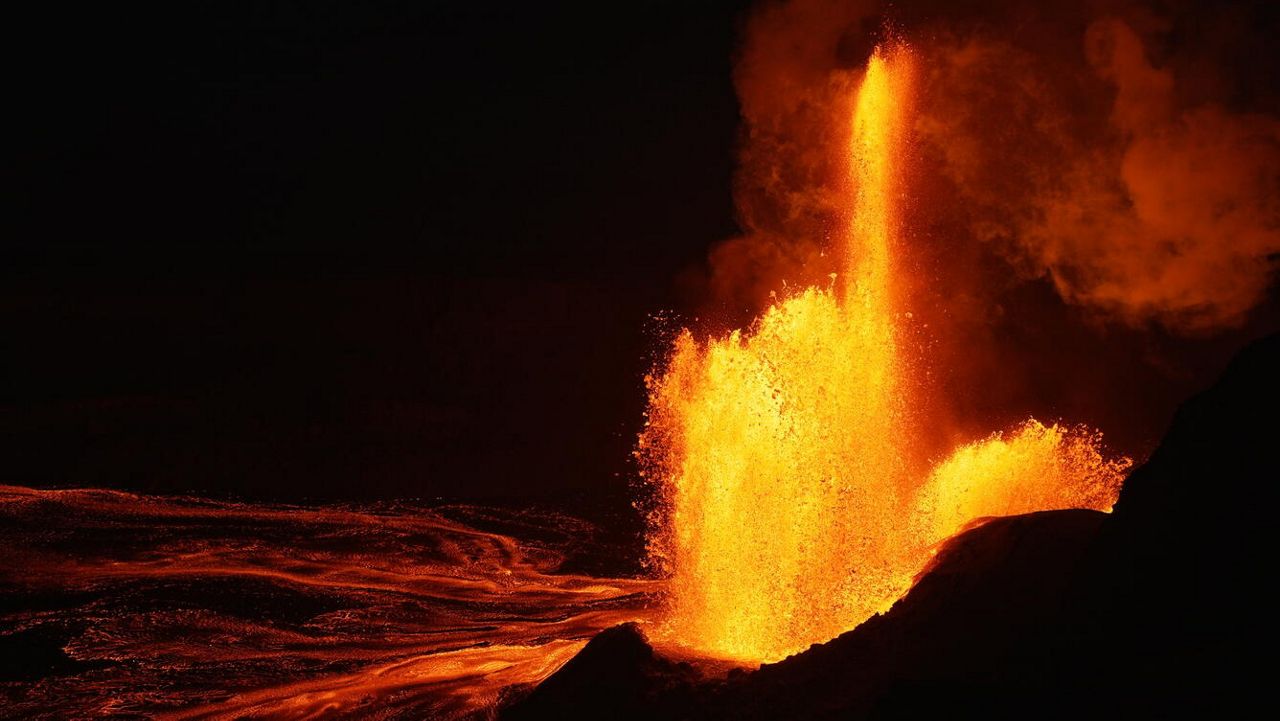HONOLULU — A 2022 report released last month by Surfrider Foundation shows high levels of pollution in the waters around Oahu and Kauai.
Surfrider’s Blue Water Task Force sampled 63 sites around Kauai, Maui and Oahu for a fecal bacteria known as enterococcus, which comes from human and animal waste and may threaten public health and coral reefs. In humans, enterococcus has caused urinary tract infections, meningitis, gastrointestinal symptoms, rashes, eye infections and more.
The report showed samples taken from seven sites on Oahu (Heeia Stream, Kaupuni Stream, Hakipuu Boat Ramp, Chocolates [located in Haleiwa], Waiahole Beach Park, Kuliouou Stream and Kahaluu) and seven sites on Kauai (Waikomo Stream, Wainiha Stream, Hanamaulu Beach, Moloaa Stream, Hanalei River, Hanamaulu Stream Mouth and Nāwiliwili Stream) exceed the Department of Health’s standards at least 50% of the time.
Last year, the Surfrider collected samples from Hana in Maui for the first time. At Haneoo Fish Pond, 43% of the samples collected exceeded state health standards.
Kahaluu on Oahu and Nāwiliwili and Hanamaulu on Kauai showed high-levels of enterococcus most often. These sites are located in areas where there is known wastewater contamination from cesspools.
Nawiliwili Stream has exceeded state health standards every year Surfrider has tested since 2016. The Surfrider’s Kauai Chapter has asked the Department of Health to post a permanent sign warning the public to stay out of the stream.
“Our data shows high bacteria readings in some areas that have a high density of coastal cesspools,” said Dr. Dan Amato, Coordinator of the Oahu Blue Water Task Force, in a news release. “In addition, large storms can contribute to elevated bacteria levels in coastal areas as flowing streams wash everything from upstream — pollutants, bacteria, nutrients, pesticides — into the ocean.”
Surfrider criticized the Hawaii Department of Health in a news release for not providing lifeguards with temporary signs to alert beachgoers of brown water conditions. Instead, the state maintains a Brown Water Advisory website and notification system. A state senate bill that would have provided warning signs at the beach died this legislative session.
Surfrider also maintains a water quality website, which they encourage the public to check out.
Michelle Broder Van Dyke covers the Hawaiian Islands for Spectrum News Hawaii. Email her at michelle.brodervandyke@charter.com.





